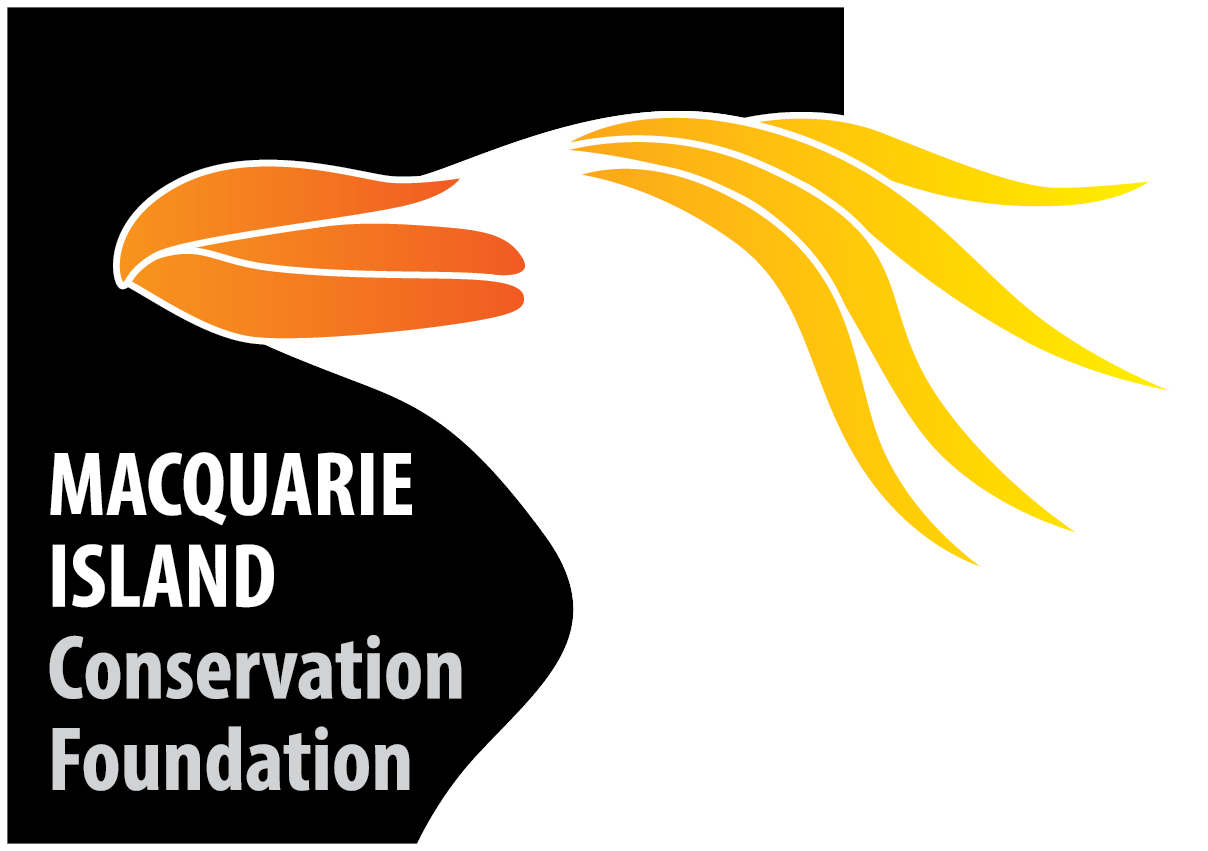Field Guide App in Development
We are delighted to announce the generous support of the Purryburry Trust, which is funding the development of a Macquarie Island Field Guide App, led by MICF.
Sub-Antarctic Macquarie Island is home to at least 28 species of native vertebrates, 42 species of vascular plants and over 350 terrestrial invertebrate species, including endemic species found nowhere else on earth. Macquarie Island has experienced considerable changes to the terrestrial ecosystem since the eradication of rabbits, rats and mice in 2014. The vegetation is recovering at a rapid rate, with species being detected in new locations and often thriving. The recovery is also leading to improved breeding habitat for seabirds, and this, combined with the removal of rodent predators, has resulted in an increase in burrowing petrel populations. However, recovery of the ecosystem is occurring concurrently with climate change. Rainfall patterns on the island are changing, globally air and sea temperatures are rising, and we are witnessing changes to species distributions and tolerance for different environments. Although Macquarie Island is now free from invasive vertebrates, there are at least 28 known introduced invertebrates and at least three introduced plant species that continue to pose a risk to the diversity and abundance of native species on the island. Tasmania Parks and Wildlife Service has strict Biosecurity practices in place, however the introduction of new species and spread of existing invasive species is an ongoing threat for the island.
The ability to accurately identify species and quantify changes is fundamental to conservation and management programs. Although there are reference papers about the flora and fauna of Macquarie Island, there is no easily accessible field guide available for all end users: scientists, land managers, expeditioners, tourists and schools. We have spoken to these end users and there is considerable demand for the development of this resource. The app would allow specialist and non-specialists alike to contribute to important monitoring of the Macquarie Island’s natural values and provide a new and contemporary educational resource for all those interested in the conservation of this unique and precious island.
